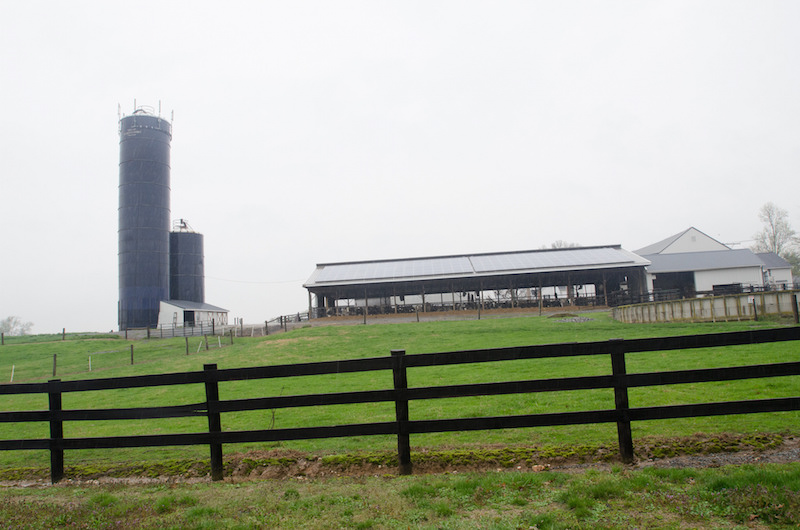Call Us
News
Monitoring the Biogas Production Process

 One of the benefits of using livestock waste in the biogas production process is that, compared to waste used in municipal sewage digesters, it has a relatively uniform composition. Consequently, upsets are uncommon once the digestion process is underway and has stabilized. If the digestion process is correctly managed, things are likely to run smoothly from therein out.
However, just to be on the safe side, it is still good practice to monitor the biogas prduction process — either using digester liquid pH or gas production as an indicator — to ensure that things do indeed run smoothly.
One of the benefits of using livestock waste in the biogas production process is that, compared to waste used in municipal sewage digesters, it has a relatively uniform composition. Consequently, upsets are uncommon once the digestion process is underway and has stabilized. If the digestion process is correctly managed, things are likely to run smoothly from therein out.
However, just to be on the safe side, it is still good practice to monitor the biogas prduction process — either using digester liquid pH or gas production as an indicator — to ensure that things do indeed run smoothly.
Using pH Level as an Indicator in the Biogas Production Process
The pH measurements reveal the acidity or alkalinity of the digester liquid. This is easy to measure; simply insert strips of litmus paper — which are readily available at most pet and aquarium stores or drug stores — into the liquid inside the digester, then compare the color that develops against a pH color chart. You are aiming for a neutral pH of 7.0, or as close to that as possible. If a pH level of less than 6.0 is recorded, it indicates that all is not well within the digester.Using Gas Production as an Indicator in the Biogas Production Process
 A simpler and more reliable method of monitoring the digestion process is by using gas production as an indicator. This is easily achieved with a specialized instrument that measures the rate of gas flow, such as the Accu-Flo Meter.
For optimal performance it is better to load smaller quantities of waste into the digester on a continuous basis (e.g. daily) rather than larger quantities in batches (e.g. monthly).
In the case of less-frequent batch-loading of the digester, if the rate of gas production gradually slows down, it is likely that the food available to the methane forming bacteria has been depleted, and is a clear indication that more waste needs to be added to the digester. However, if the rate of gas production suddenly drops very quickly (within a day or two), this is more likely to be due to an upset in the digester.
A simpler and more reliable method of monitoring the digestion process is by using gas production as an indicator. This is easily achieved with a specialized instrument that measures the rate of gas flow, such as the Accu-Flo Meter.
For optimal performance it is better to load smaller quantities of waste into the digester on a continuous basis (e.g. daily) rather than larger quantities in batches (e.g. monthly).
In the case of less-frequent batch-loading of the digester, if the rate of gas production gradually slows down, it is likely that the food available to the methane forming bacteria has been depleted, and is a clear indication that more waste needs to be added to the digester. However, if the rate of gas production suddenly drops very quickly (within a day or two), this is more likely to be due to an upset in the digester.
Causes of a Digester Upset During the Biogas Production Process
There are a number of factors that can cause a digester upset. The primary causes include: • A high concentration of toxic compounds within the waste • The feed rate is too high • The temperature within the digester is too cold If the temperature within the digester is too low, it could be due to a malfunction of the heating system. When large amounts of waste are added at once, it is recommended that the waste be preheated to a temperature of 95 degrees Fahrenheit to prevent the methane bacteria from succumbing to thermal shock. To prevent this, and to improve performance, continuous loading is recommended over batch-loading.Featured Image By US Department of Agriculture, [CC BY 2.0] via Flickr


